
Cuisine
St. Louis cuisine
St. Louis cuisine is heavily influenced by the city's history and immigrant populations. German and Italian immigrants brought their culinary traditions to the city, which were then adapted to American tastes. Barbecue is a staple of St. Louis cuisine, with pork ribs and pulled pork being the most popular meats. Toasted ravioli, a St. Louis invention, is a deep-fried pasta dish filled with meat and cheese. Gooey butter cake, another St. Louis invention, is a rich, sweet cake made with cream cheese and butter. Other popular dishes include pork steaks, slingers (a breakfast dish with eggs, hash browns, and chili), and St. Paul sandwiches (an egg foo young sandwich with lettuce, tomato, and mayonnaise).
Typical ingredients
Pork, Beef, Chicken, Pork ribs, Pulled pork, Italian sausage, Provel cheese, Pasta, Bread crumbs, Garlic, Onion, Green peppers, Tomatoes, Barbecue sauce, Mustard, Mayonnaise, Ketchup, Worcestershire sauce, Hot sauce
Presentation and garnishing
St. Louis cuisine is often served on paper plates or in plastic baskets, reflecting its casual, down-to-earth nature. Barbecue is often served with white bread and pickles, while toasted ravioli is typically served with marinara sauce. Gooey butter cake is often dusted with powdered sugar and served in small squares.
St. Louis is also known for its beer, with Anheuser-Busch being one of the city's most famous breweries.
More cuisines from this region...
Cuisine of Chicago, Cuisine of North Dakota, Cuisine of Omaha, Cuisine of Wisconsin
History
St. Louis cuisine has a rich history dating back to the city's founding in 1764. German immigrants began arriving in the mid-1800s, followed by Italian immigrants in the early 1900s. These immigrants brought their culinary traditions with them, which were then adapted to American tastes. Barbecue became popular in St. Louis in the 1930s, and toasted ravioli and gooey butter cake were invented in the city in the 1940s and 1950s, respectively.
Cultural significance
St. Louis cuisine is an important part of the city's identity and is celebrated at events like the St. Louis World's Fare Heritage Festival. It is also a source of pride for many St. Louisans, who often debate the best barbecue and toasted ravioli in the city.
Health benefits and considerations
St. Louis cuisine is not known for its health benefits, as many of the dishes are high in fat, calories, and sodium. However, some of the ingredients used in St. Louis cuisine, such as garlic and tomatoes, have health benefits.
St. Louis cuisine recipes Browse all »
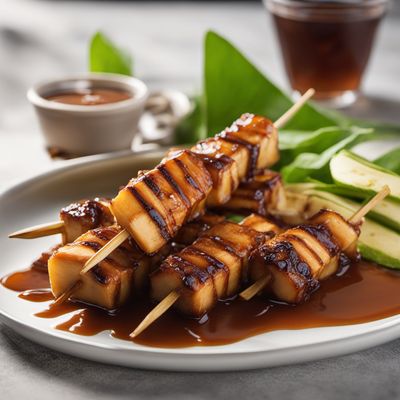
Grilled Banana Skewers with Caramel Sauce
Smoky Sweet Delight: Grilled Banana Skewers with Caramel Sauce
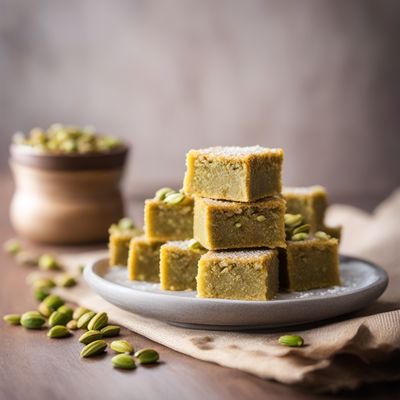
St. Louis Style Mysore Pak
Gooey Butter Mysore Pak: A Fusion of Indian and St. Louis Flavors
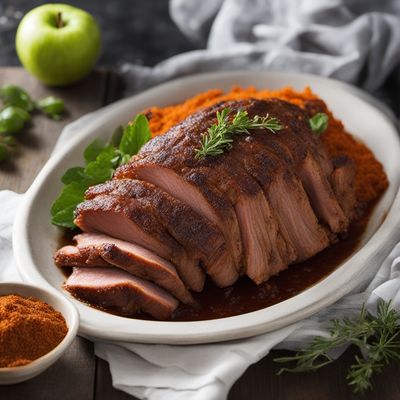
St. Louis Style Slow-Roasted Pork Shoulder
Smoky and Tender St. Louis Pork Delight

Stuffed Cabbage Rolls with a St. Louis Twist
St. Louis Style Stuffed Cabbage Delight
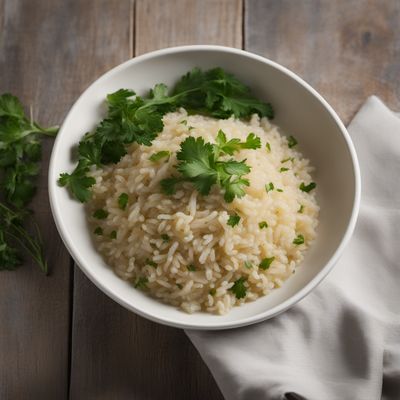
St. Louis Style Tastasal Risotto
Savory St. Louis Tastasal Risotto: A Fusion of Italian and Midwest Flavors

Crispy St. Louis Fried Okra
Golden Crunch: St. Louis-style Fried Okra Delight

St. Louis Island Soup
Tropical Delight: St. Louis Island Soup

St. Louis-style Selat Solo
Savory Chicken and Vegetable Salad with a St. Louis Twist

St. Louis Carrot Halva
Sweet and Spiced Carrot Delight: St. Louis Carrot Halva

Assidat Zgougou with a St. Louis Twist
St. Louis Delight: A Unique Twist on Assidat Zgougou
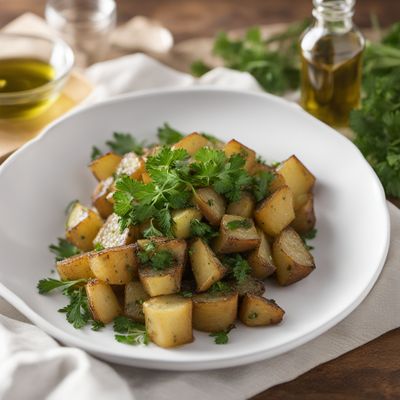
St. Louis Style Garlic Parsley Potatoes
Garlicky Herb Potatoes with a St. Louis Twist

St. Louis Style Kale Soup
Soulful Kale Soup: A Taste of St. Louis Comfort